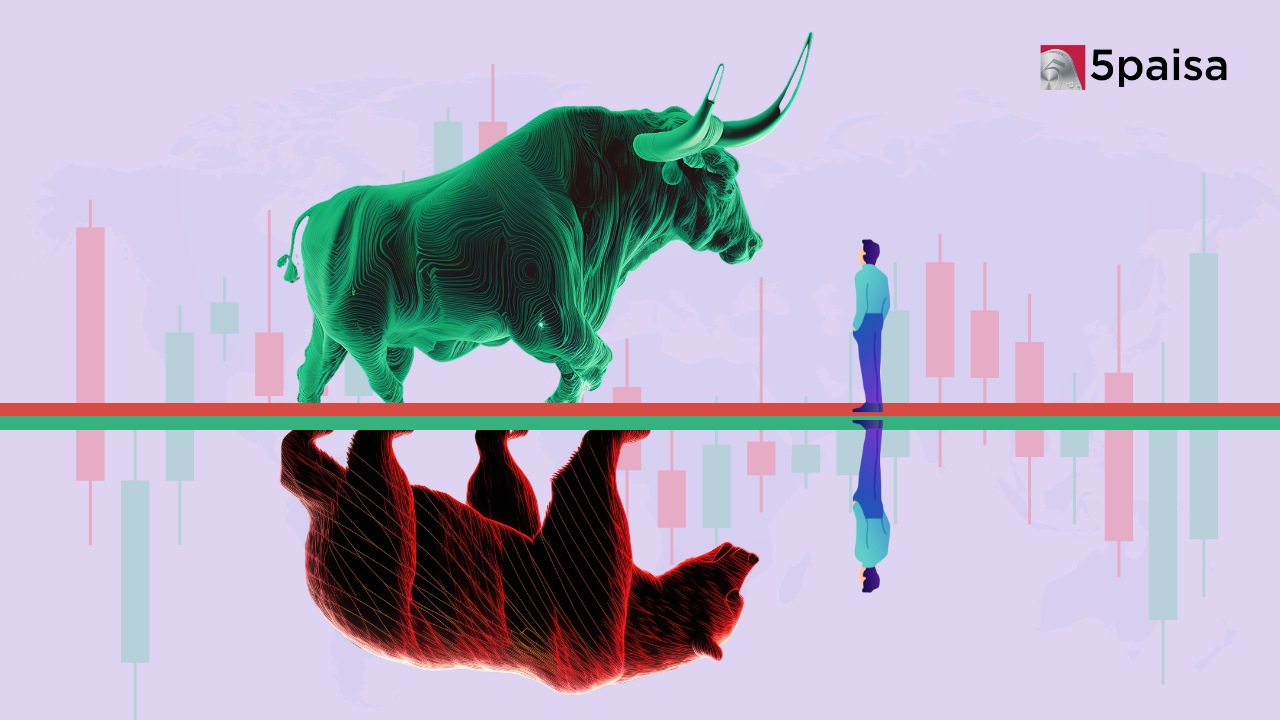iThe current values are delayed, open demat account for live values.
BSE 500
BSE 500 Performance
-
Open
32,740.99
-
High
32,869.00
-
Low
32,430.41
-
Prev Close
32,757.57
-
Dividend Yeild
1.18%
-
P/E
22.65

Color code for Stocks Performance
- 5% and above
- 5% to 2%
- 2% to 0.5%
- 0.5% to -0.5%
- -0.5% to -2%
- -2% to -5%
- -5% and below
Constituent Companies
| Company | Market Cap | Market Price | Volume | Sector |
|---|---|---|---|---|
| J B Chemicals & Pharmaceuticals Ltd | ₹24982 Cr |
₹1605.45
(0.76%)
|
3326 | Pharmaceuticals |
| Adani Enterprises Ltd | ₹246464 Cr |
₹2135.4
(0.06%)
|
161506 | Trading |
| ABB India Ltd | ₹112040 Cr |
₹5287.2
(0.84%)
|
11682 | Capital Goods - Electrical Equipment |
| Aegis Logistics Ltd | ₹26274 Cr |
₹745.7
(0.87%)
|
130478 | Trading |
| Amara Raja Energy & Mobility Ltd | ₹18583 Cr |
₹1015.35
(0.97%)
|
68918 | Auto Ancillaries |
BSE 500 Sector Performance
Top Performing
| Sector Name | Percentage Change |
|---|---|
| IT - Hardware | 0.36 |
| Healthcare | 0.09 |
| Dry cells | 0.77 |
| Real Estate Investment Trusts | 0.52 |
Under Performing
| Sector Name | Percentage Change |
|---|---|
| Diamond, Gems and Jewellery | -0.7 |
| Leather | -0.39 |
| Ceramic Products | -0.27 |
| IT - Software | -0.74 |
BSE 500
The BSE 500 Index is a comprehensive stock market index launched in August 1999 by the Bombay Stock Exchange (BSE). It tracks the performance of the top 500 companies based on float-adjusted market capitalization and trading volume. Covering over 93% of the BSE's total market capitalization, the index represents a broad spectrum of 20 major sectors, including large, mid, and small-cap companies.
This diversity provides investors with a holistic view of the Indian economy and helps reduce risk by spreading investments across various industries. The BSE 500 is rebalanced semi-annually, making it an ideal benchmark for tracking market trends and a popular tool for launching ETFs and index funds.
What is the BSE 500 Index?
The S&P BSE 500 Index extends the coverage of the BSE 200 by including the top 500 stocks ranked by trading volume and free-float market capitalization. These stocks are selected from the S&P BSE All Cap index, covering over 93% of the total market capitalization on the BSE.
Unlike the BSE 200, which focuses on large-cap companies, the BSE 500 provides a more comprehensive view of the Indian economy by including companies from 20 major sectors. Initially, the index used the full market capitalization method, but it switched to the free-float market cap method in August 2005, making it a valuable tool for investors seeking a broader market perspective.
How is the BSE 500 Index Value Calculated?
The S&P BSE 500 Index is calculated using the free-float market capitalization method, which differs from the older weighted method. In this approach, only the shares available for trading are included, excluding those held by employees, the government, and others.
The formula for free-float market capitalization is:
Free-Float Market Capitalization = Market Capitalization * Free Float Factor
where the free float factor represents the percentage of shares available for trading.
To calculate the BSE 500 share price, the formula is:
BSE 500 Share Price = (Total Free-Float Market Capitalization * Base Index Value) / Base Market Capitalization.
BSE 500 Scrip Selection Criteria
The BSE 500 Index includes the top 500 companies listed on the BSE, ranked by float-adjusted market capitalization, which considers only the freely tradable shares, excluding those held by insiders like employees, promoters, or the government.
The index is rebalanced twice a year, in June and December, with new companies added or removed based on specific criteria. To be included, companies must be part of the BSE All Cap Index for at least 6 months, traded on more than 80% of sessions in the last six months, and have an average traded value of over ₹100 crores.
How does BSE 500 work?
The BSE 500 Index tracks the performance of the top 500 companies listed on the Bombay Stock Exchange (BSE), ranked by float-adjusted market capitalization. This method includes only shares available for public trading, excluding those held by insiders like employees, promoters, or the government. The index covers over 93% of the BSE's total market capitalization, providing a comprehensive view of the Indian economy.
The BSE 500 is rebalanced semi-annually in June and December, with companies added or removed based on factors like trading frequency and market value. Stocks must be part of the BSE All Cap Index, traded on more than 80% of sessions over six months, and have a minimum average traded value of ₹100 crores to qualify for inclusion.
What are the Benefits of Investing in the BSE 500?
Investing in the BSE 500 Index offers several key benefits. It provides broad exposure to the top 500 companies listed on the Bombay Stock Exchange (BSE), covering over 93% of the market’s total capitalization. This diversity across 20 major sectors gives investors a holistic view of the Indian economy, reducing risk by spreading investments across a wide range of industries and market caps, including large, mid, and small-cap companies.
The index uses a float-adjusted market capitalization method, ensuring liquidity by including only shares available for public trading. Additionally, the semi-annual rebalancing ensures that the index remains up-to-date with the most relevant stocks, offering a comprehensive and dynamic portfolio for long-term growth.
What is the History of the BSE 500?
The BSE 500 Index was launched in August 1999 as an extension of the BSE 200 to provide a broader representation of the Indian stock market. It includes the top 500 companies based on float-adjusted market capitalization and trading volume, covering over 93% of the market capitalization on the Bombay Stock Exchange (BSE).
Initially, the index used the full market capitalization method, but in August 2005, it switched to the free-float market cap method, which includes only shares available for public trading. The BSE 500 is rebalanced semi-annually in June and December, making it a comprehensive benchmark for tracking the Indian economy across 20 major sectors.
Other Indices
| Indices Name | Price | Price Change (% change) |
|---|---|---|
| India VIX | 14.53 | -0.15 (-1.02%) |
| Nifty 10 Yr Benchmark G-Sec | 2477.38 | -3.81 (-0.15%) |
| Nifty 10 Yr Benchmark G-Sec (Clean Price) | 893.06 | -1.58 (-0.18%) |
| Nifty 100 | 23274.05 | -137.35 (-0.59%) |
| Nifty 100 Alpha 30 Index | 16085.8 | -230.85 (-1.41%) |
Faqs
How To Invest in BSE 500 Stocks?
To invest in BSE 500 stocks, you can buy individual stocks listed in the index through a Demat account. Alternatively, you can invest in ETFs or index funds that track the BSE 500 Index, offering a diversified and cost-effective way to gain exposure to top large-cap companies.
What are BSE 500 stocks?
BSE 500 stocks are the top 500 companies listed on the Bombay Stock Exchange (BSE), selected based on float-adjusted market capitalization and trading volume. These stocks span across 20 major sectors, representing over 93% of the BSE's total market capitalization.
Can you trade shares on BSE 500?
Yes, you can trade shares of companies listed in the BSE 500 Index through a Demat account. You can buy and sell these stocks during market hours like any other listed stock. Additionally, you can invest in ETFs or index funds based on the BSE 500 Index for broader exposure.
In which year was the BSE 500 Index launched?
The BSE 500 Index was launched in August 1999 by the Bombay Stock Exchange (BSE).
Can we buy BSE 500 and sell it tomorrow?
Yes, you can buy BSE 500 stocks and sell them the next day, following the BTST (Buy Today, Sell Tomorrow) strategy. This allows you to take advantage of short-term price movements without waiting for the usual settlement period.
Latest News
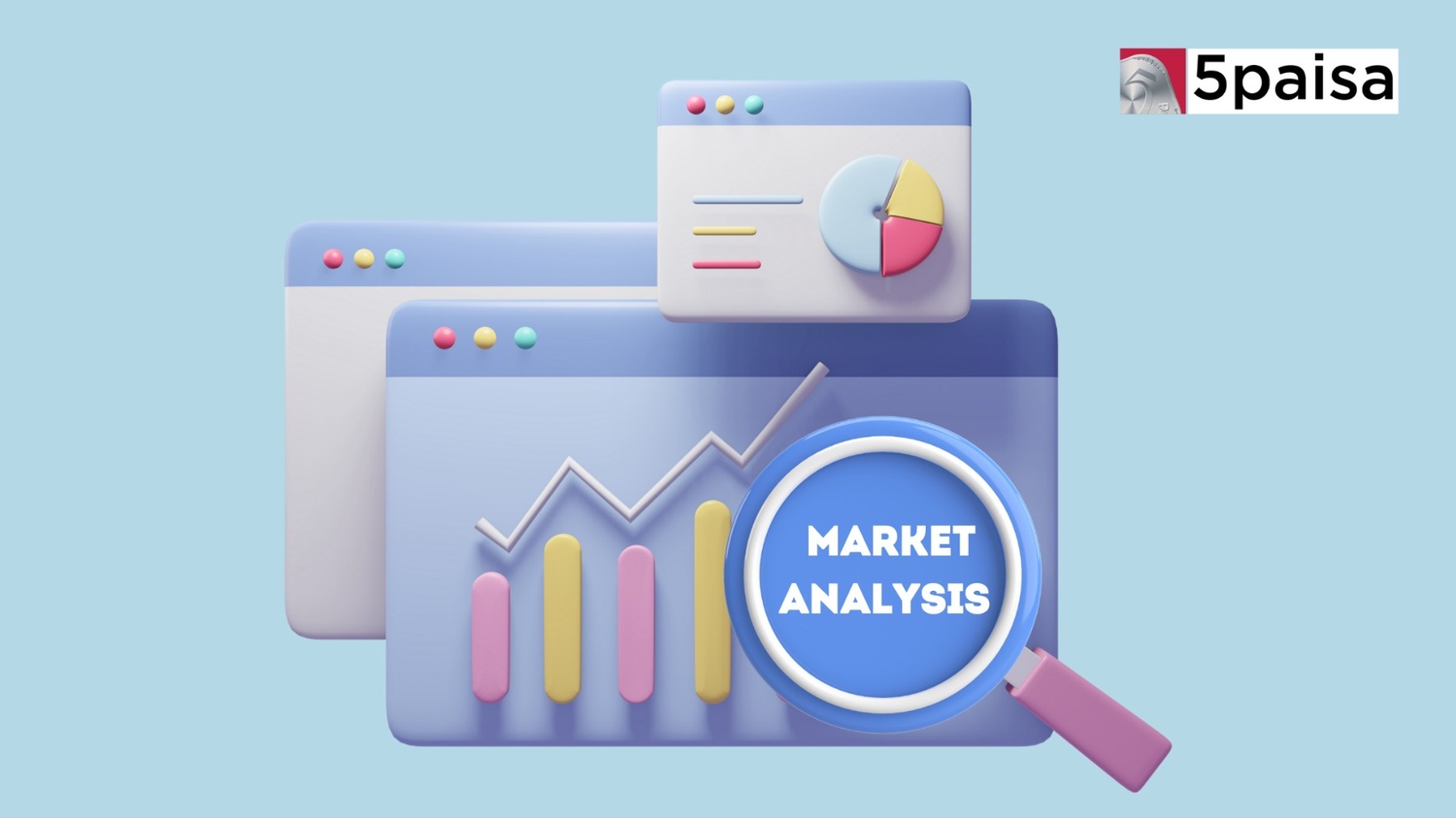
- Feb 21, 2025
Indian stock markets ended in the red as key indices faced pressure from auto and financial stocks. The Sensex fell 424 points to close at 75,311, while the Nifty slipped 117 points to end at 22,795. The sell-off was led by the auto sector, which tanked 2.5% following reports of a potential reduction in import duties on EVs.
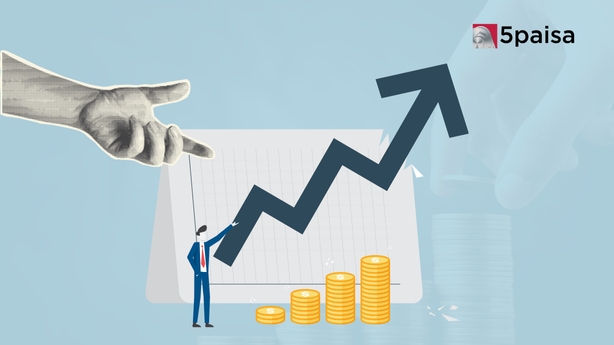
- Feb 21, 2025
The ownership structure of India Inc. is experiencing a significant transformation, with foreign portfolio investors (FPIs) reaching their lowest stake in NSE-listed companies in 13 years. In contrast, domestic mutual funds (MFs) and retail investors are making substantial gains.
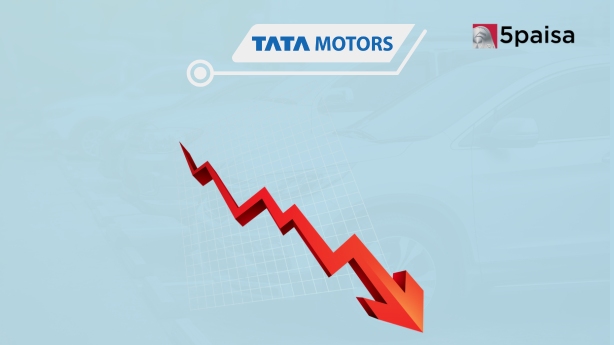
- Feb 21, 2025
Amid reports of senior executives departing Tata Motors Ltd. ahead of its planned demerger, the company’s stock faced significant selling pressure during Friday’s early trading session. Tata Motors' share price opened lower at ₹686 per share on the NSE and quickly dropped to an intraday low of ₹673.30 within the first hour of trading.

- Feb 21, 2025
Regulated entities must cultivate the necessary capabilities to adapt to and adhere to evolving regulations, stated Rajeshwar Rao, deputy governor of the Reserve Bank of India (RBI), on February 21. As financial institutions increasingly adopt artificial intelligence (AI), cloud computing, and API-driven finance, the demand for strong governance frameworks and risk management strategies has never been more critical, he noted.
Latest Blogs
Introduction to Ashish Kacholia Ashish Kacholia's financial journey began in the 1990s. He gained valuable experience at firms like Prime Securities and Edelweiss before founding Lucky Securities in 1995. In 1999, he co-founded Hungama Digital with Rakesh Jhunjhunwala, showcasing his ability to spot emerging trends.
- Oct 10, 2025

Navigating the numerous banking options in India is essential for individuals and businesses alike. The best banks in India go beyond traditional banking, offering a wide array of financial services that play a crucial role in the country's economic stability. From innovative digital banking solutions to comprehensive investment and loan offerings, these famous banks in India serve as reliable financial partners.
- Apr 14, 2025

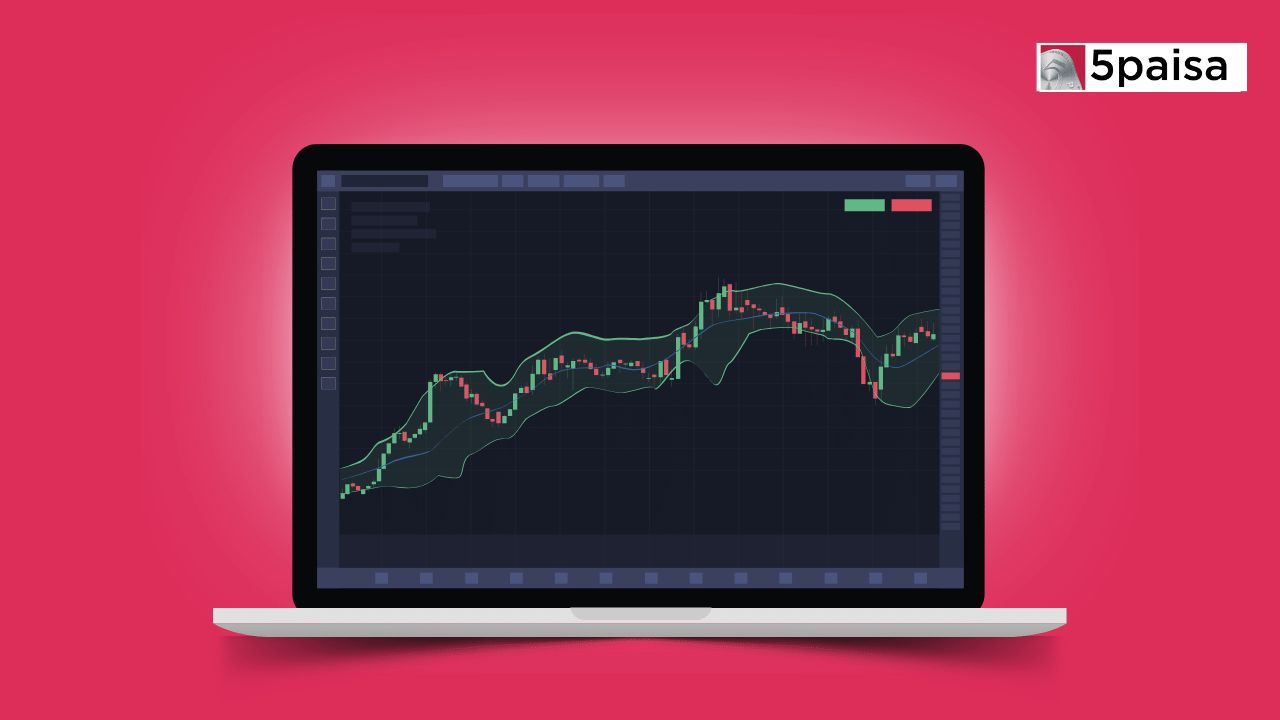
Nifty Prediction for 24th February Another weak day for the NIFTY as it falls 0.6% and closes marginally below 22800. Auto stocks corrected sharply on concerns over a new EV policy that could increase competition. M&M was the top loser at -6%. TATAMOTORS also corrected 2.5%. ADANIPORTS AND WIPRO were among the other top losers. On the other hand, HINDALCO, SBILIFE AND TATASTEEL bucked the trend and were up 2-2.5%. ADR was weak at 0.3 and indicates a broadbased correction.
- Feb 21, 2025
